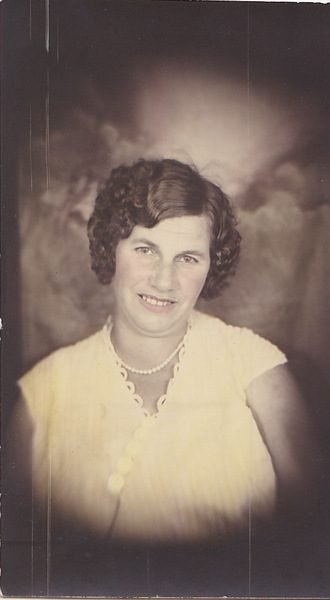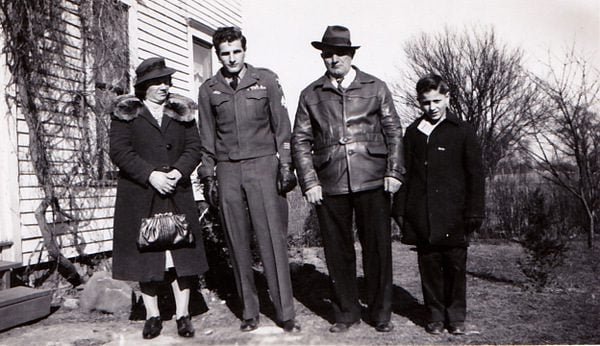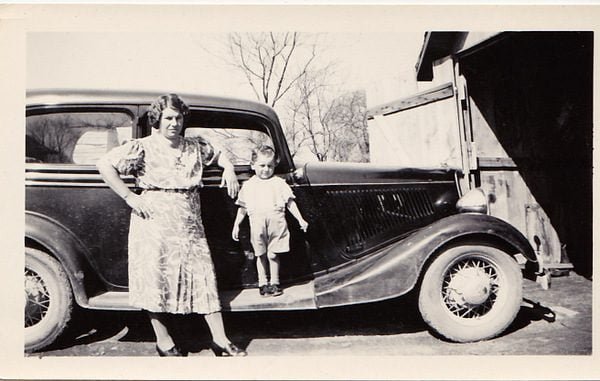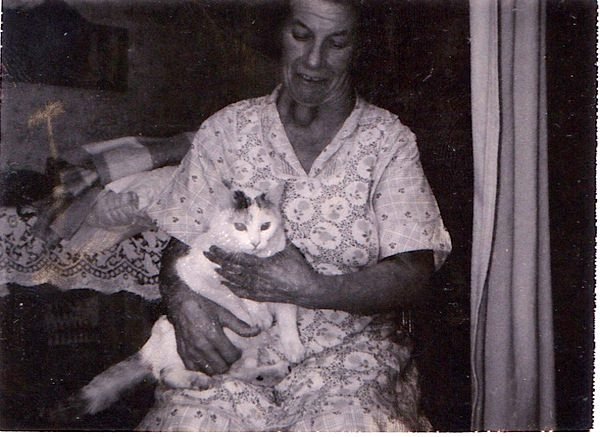
In 2018, I attended my oldest grandson’s Little League baseball game at the Ney park. In 2007, my wife and I bought a home in Ney, three blocks from the park. Ney is little more than a spot along Route 15, home to one stoplight, one bar/restaurant, one gas station, and 356 people. The park has several ball fields, one of which is used to play youth league baseball games. What makes Ney’s field unique is that it has lights. My grandson’s game had an eight o’clock start time, meaning that part of the game would be played under the not-so-bright lights. A half-hour before game time, I gathered up my Sony camera, lenses, and tripod (which I since sold because my health precludes me from doing photography work), my water bottle, and my oversized lawn chair and headed down to the park. Bethany, my oldest daughter who has Down syndrome, gathered up her purse, water bottle, and backpack — filled with coloring books, colored pencils, and crayons – and headed down to the park with me.
I positioned myself just beyond the first baseline so I could photograph the action. My grandson played for Tinora — a school district north of Defiance. Their adversary for the night was a team of players made up of boys from Ney and the surrounding area. As I surveyed Ney’s players, I noticed that one of them, who was of slight build, had fiery red hair. Seeing this boy brought memories of another redheaded boy who played under the lights on this very field fifty-five years ago. In the spring of my fifth-grade year, my dad moved us from Harrod, Ohio to Farmer, a small community five miles west of Ney. We moved into a farmhouse two miles outside of Farmer, a home owned by my dad’s sister and brother-in-law, Paul and Mary Daugherty. We would live there for two summers. During these summers, I played baseball for the Farmer Tigers. Back in the 1960s, country boys roamed the countryside, rode their bikes, went swimming, and if they were lucky, played baseball. I was never a great baseball player. If fifteen players were being picked for a team, I was always one of the last boys chosen. I had two things going for me: I was left-handed and I was a fast runner. By the time I made the Farmer team, I had already developed bad habits that hurt my ability to hit a baseball. These bad habits would follow me through Little League and into summer league high school baseball. Being slight of build and left-handed, I stood close to the plate when I batted. This made me an easy target for balls thrown by wild pitchers who were not used to throwing to left-handed batters. Over the course of the four years I played Little League baseball, I repeatedly got plunked in the head, back, and legs with wildly thrown pitches. These repeated beanings made me gun-shy, and my inability to stand in there and hit the ball turned me into an offensive liability. My coach for the two years I played for Farmer decided the best approach for my lack of offensive prowess was to have me bunt and run like hell. I was fast on my feet, and as a left-hander, I was two steps closer to first base than a right-handed batter.
I don’t remember my parents ever attending my games while I played for Farmer. On occasion, my father would pick me up after a game and take me home, especially if it was late and I would have to ride my bike home after dark. One night, Dad came to pick me up with his blue Corvair. For those not familiar with the Chevrolet Corvair, its motor was in the rear and its trunk was at the front. Dad opened the trunk so he could put my bicycle away. After doing so he shut the trunk so we could be on our way. For some reason, the trunk wouldn’t latch. After several attempts to get the trunk to latch shut, dad came up with an ingenious plan: he would have me lie down in the trunk and hold it down while he drove us home. And that’s what we did. At the time, I saw my ride in the trunk as a great adventure; and indeed it was, as we bounced down Route 249 to our home. I suspect if my dad did the same thing today, child protective services would be paying him a visit the next day. I am sure some of the parents of my fellow baseball players wondered what Bob Gerencser was up to. Who in their right mind puts their son in the trunk? Right mind or not, this redheaded old man has never forgotten his ride home in the summer of 1968 — a time when war raged in Vietnam, race riots inflamed American cities, and assassins’ bullets claimed Bobby Kennedy and Martin Luther King Jr. This remains one of the few “good” memories I have of my father.
Bruce Gerencser, 66, lives in rural Northwest Ohio with his wife of 45 years. He and his wife have six grown children and thirteen grandchildren. Bruce pastored Evangelical churches for twenty-five years in Ohio, Texas, and Michigan. Bruce left the ministry in 2005, and in 2008 he left Christianity. Bruce is now a humanist and an atheist.
Connect with me on social media:
Your comments are welcome and appreciated. All first-time comments are moderated. Please read the commenting rules before commenting.
You can email Bruce via the Contact Form.





